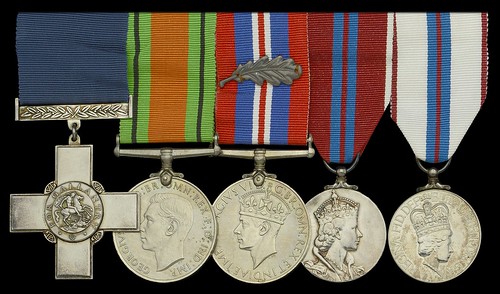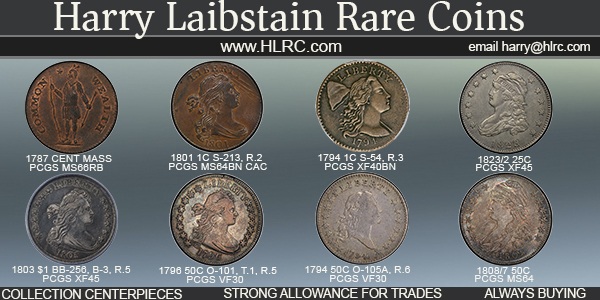
PREV ARTICLE
NEXT ARTICLE
FULL ISSUE
PREV FULL ISSUE
V25 2022 INDEX E-SYLUM ARCHIVE LONDON BLITZ GEORGE CROSSHere's another rare and historically important medal group offered by Dix Noonan Webb. -Editor An extremely rare, if not unique George Cross that was presented in 1940 for bomb disposal during the London Blitz will be offered by Dix Noonan Webb in their auction of Orders, Decorations, Medals and Militaria on Wednesday, January 26, 2022. Estimated to fetch £30,000-50,000, it is being sold by the recipient's family. The group of five was awarded to Sub-Lieutenant J. B. P. Duppa-Miller, Royal Naval Volunteer Reserve, who was awarded the George Cross for his courage and skill in disarming a highly sensitive and dangerous magnetic mine in Barking Creek on September 23, 1940 during the Battle of Britain. Sub-Lieutenant Miller and Able Seaman Tuckwell worked up the creek on the last of the ebb in a small rowing boat, and reached the mine by wading in the filth which one of London's main sewers pours into Roding River. The bomb-fuse and primer holder were taken out there and then; if the clock had started there could have been no chance of escape. They then tried to drag the mine from the mud on to a quay, but the ropes broke. Later, they lifted it by crane and completed its disablement. Both Duppa-Miller and Tuckwell were awarded the G.C. for the Barking Creek Mine operation. Shortly afterwards in December, Duppa-Miller was confronted with a mine far more dangerously situated and presenting even greater personal risk. To render it safe it he would have to lie on his back in a pool of water on the viaduct outside the London Bridge Station, his face six inches from the fuse. If it began to tick, he had 22 seconds in which to remove himself. Twice the ticking started and twice he ran for his life. Both times it stopped. He returned after a cup of tea for a third attempt, conscious that their Lordships would regard this as a situation in which ‘damage could not be accepted' and decided this time he would have to stay under the mine. His luck held: fuse and primer both fell out and rolled away, and normal service was shortly resumed at London Bridge Station.
After disarming his fifteenth and last mine in Coventry, Duppa-Miller was recommended for a Second Award Bar to his G.C for the London Bridge mine by the First Lord of the Admiralty but, having been informed that ‘there could be no such thing as a John Bryan Peter Duppa-Miller (born Miller) was born in 1903 at Stechford, Birmingham. He was the son of a city council lawyer and a scholar at both Rugby School and Hertford College, Oxford. He died at Somerset West, South Africa in 1994.
Christopher Mellor-Hill, Head of Client Liaison (Associate Director), Dix Noonan Webb commented: The medals will be sold together with a length of George Cross ribbon, contained in the George Cross case of issue together with the a note which reads as follows:
John Miller GC. Note made July 13, 1973.
For more information, see:
Wayne Homren, Editor The Numismatic Bibliomania Society is a non-profit organization promoting numismatic literature. See our web site at coinbooks.org. To submit items for publication in The E-Sylum, write to the Editor at this address: whomren@gmail.com To subscribe go to: https://my.binhost.com/lists/listinfo/esylum All Rights Reserved. NBS Home Page Contact the NBS webmaster 
|

